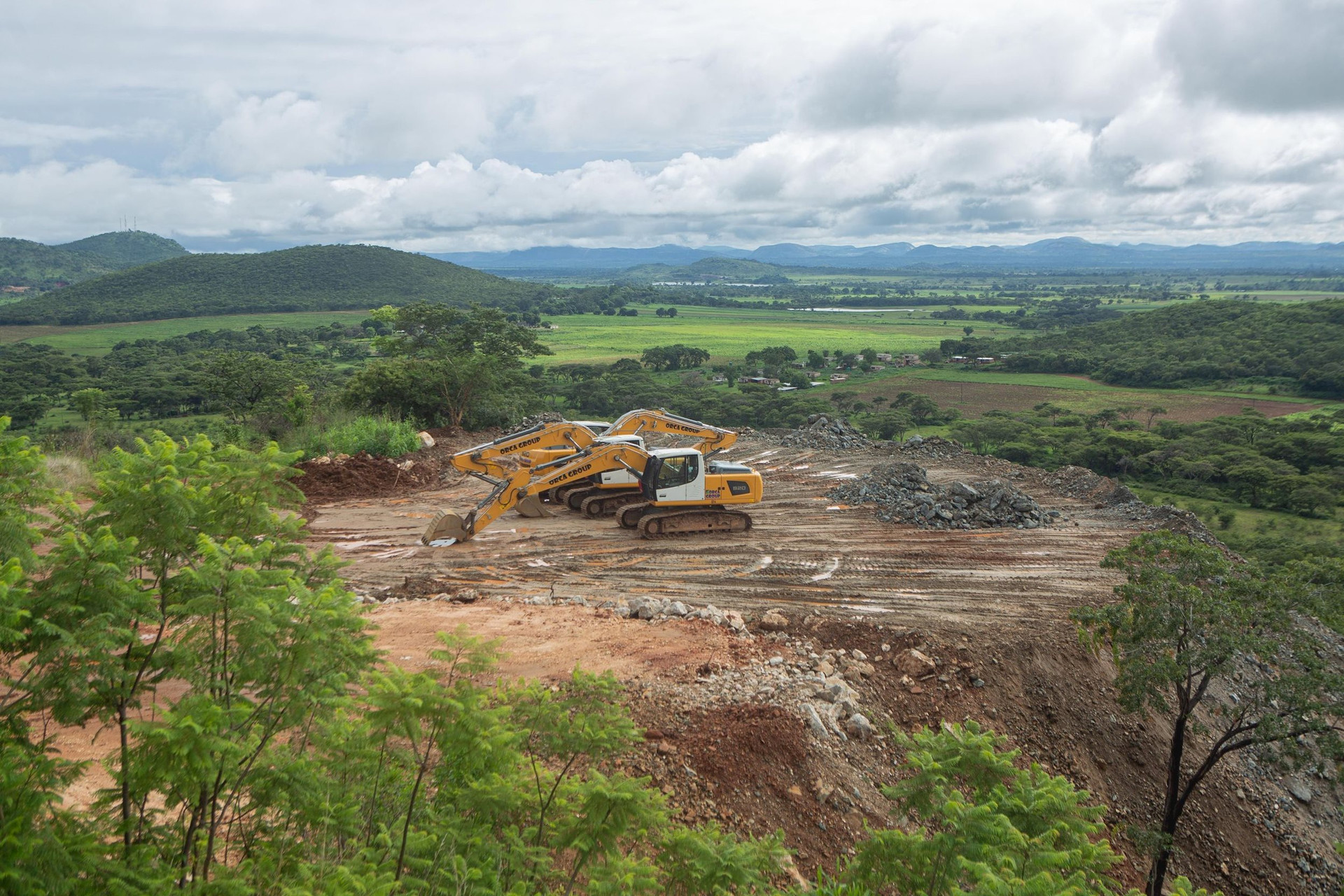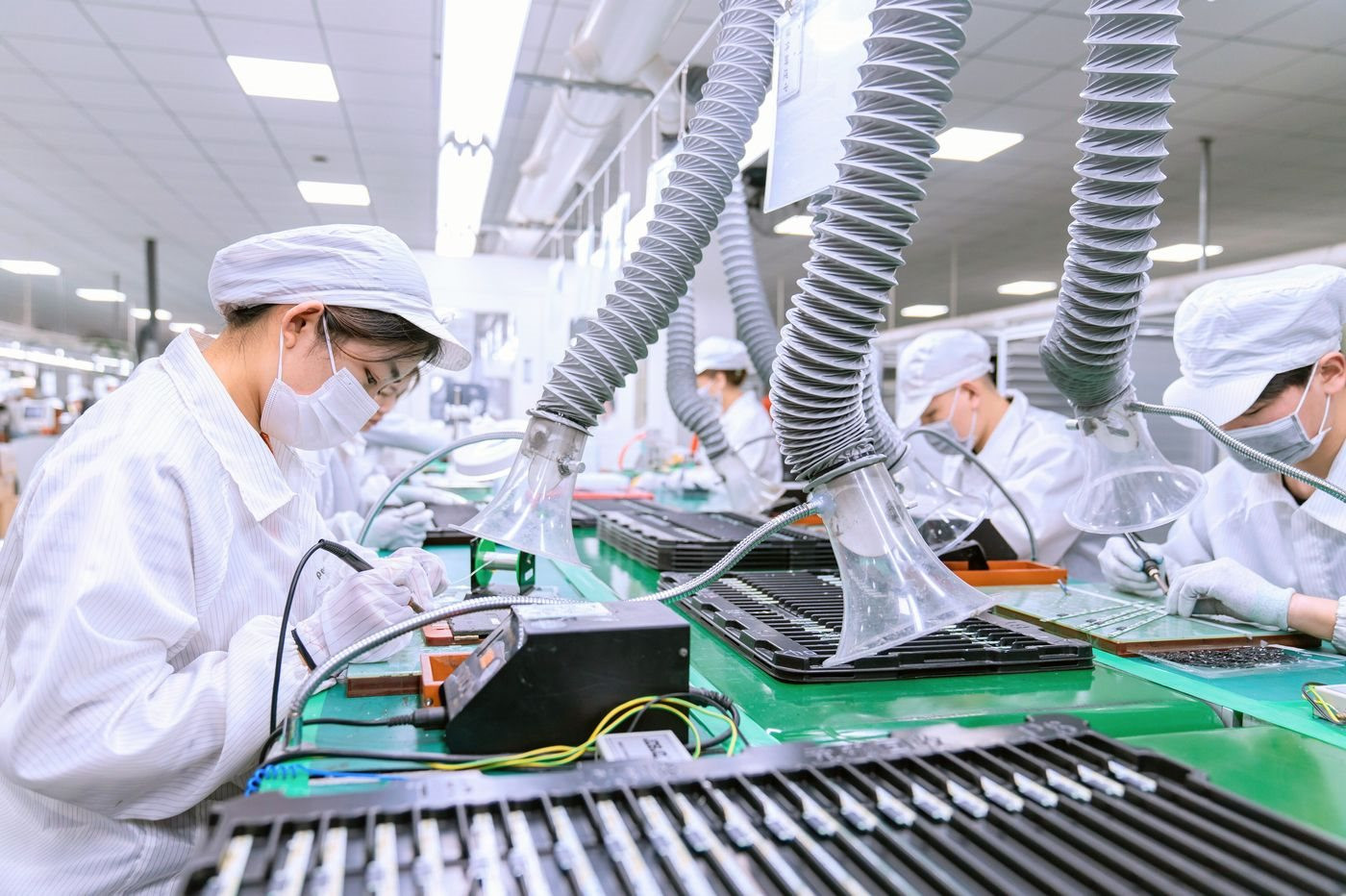The silver metal that makes China risk acquiring geological mines around the world, if successful, will champion the electric vehicle chain industry.
- Tram Ho
According to experts, this is a risky strategy. China is spending billions of dollars buying shares in countries with a history of political instability and resource nationalism. Projects often face delays, government objections, and even cancellations. Still, if China succeeds, it could access a third of its lithium production capacity by 2025, according to industry estimates.
Lithium, a soft, silvery metal, is a key ingredient in the lithium-ion batteries that power electric vehicles and smartphones. According to research firm Benchmark Mineral Intelligence, a London-based consulting firm, by the end of the decade, demand could outpace supply by around 300,000 tonnes.
China wants to hold more lithium due to concerns about access to supply. Canada and Australia, which have the world’s second-largest lithium reserves, recently blocked Chinese investments over national security concerns.
Susan Zou, vice president of Rystad Energy, a consulting firm based in Norway, said China, which currently has 8% of the world’s lithium reserves, “has no choice but to risked”.
Over the past two years, Chinese companies have spent $4.5 billion buying shares in nearly 20 lithium mines, mostly in Latin America and Africa, according to data compiled by Rystad and Benchmark. Countries like Mali and Nigeria were chosen as the ‘golden deposit’.
In December, Zimbabwe imposed a ban on the export of untreated lithium. In February, the Mexican government had to sign a decree speeding up the nationalization of the country’s lithium reserves. In April, the Chilean president suggested that private companies must cooperate with state-owned enterprises if they want to mine lithium.
Bolivia is one of the regions where China invests heavily as it holds about a fifth of the world’s lithium resources. Previously, a deal in 2019 to help China mine lithium in Bolivia fell apart after the leader supporting the project was ousted.
Despite the challenge, Chinese companies still have an edge over their Western counterparts. CATL, the battery giant, with the backing of Beijing authorities and an extensive network of companies along the supply chain, is an example.

China is risking billions of dollars buying shares in nearly 20 lithium mines.
“If anyone can do it, it’s only Chinese companies,” said Emilio Soberón, an analyst at SFA Oxford minerals consultancy.
According to the WSJ, developing countries are often interested in cooperating with China to participate in processing, refining or battery production, so are very interested in ensuring a stable supply of raw materials. In contrast, Chinese companies are also trying very hard to attract investments as a way to help these countries develop.
“The Chinese have mastered mining in Zimbabwe the same way they do in many other potential African countries,” said Sam Hosack, chief executive officer of mining company Prospect Resources.
In fact, lithium took years to become the mainstream metal. Discovered in 1817 by Swedish chemist Johan August Arfwedson, lithium was not produced on a large scale until the United States began stockpiling them for weapons in the late 1950s. Lithium then began to were initially used in light alloys, coin cell batteries, and cell phone batteries in the 1990s.
Currently, more than half of the world’s supply is mined in the “lithium field” or “lithium triangle” – the border area between the three countries of Argentina, Bolivia and Chile. Here, where the Soquimich lithium mine is located in the Atacama Desert, producers extract lithium from the brine lake by allowing it to evaporate on its own for 12-28 months. However, this technology currently only captures about 50% of the lithium in salt water.
Much of the remaining supply comes from deposits of an igneous rock called spodumene, of which Australia is the largest producer. They are filtered with sulfuric acid, then shipped to China to be made into lithium hydroxide and lithium carbonate – compounds that can combine with nickel or cobalt to form electric vehicle batteries.

Chinese companies have long dominated the lithium refining industry.
According to experts, the fastest way to increase the supply is to improve the output from these existing sources. Ganfeng Lithium, one of the world’s largest manufacturers, said it was planning to use record profits to boost output. Australia’s Pilbara Minerals also aims to increase capacity by expanding its Pilgangoora mine in western Australia, following a partnership with Chinese partners Great Wall Motor and CATL.
However, it is not always possible to increase lithium production immediately, because this process depends on the license to operate and the time it takes for the brine to evaporate.
Previously, due to disruptions to the global supply chain, the price of lithium was pushed up nearly 500% after just 1 year. The lithium crisis is so severe that the Chinese government, which produces about 80% of the world’s lithium-ion batteries, has to speak out to encourage suppliers to reduce prices.
By: WSJ, Bloomberg
Source : Genk
